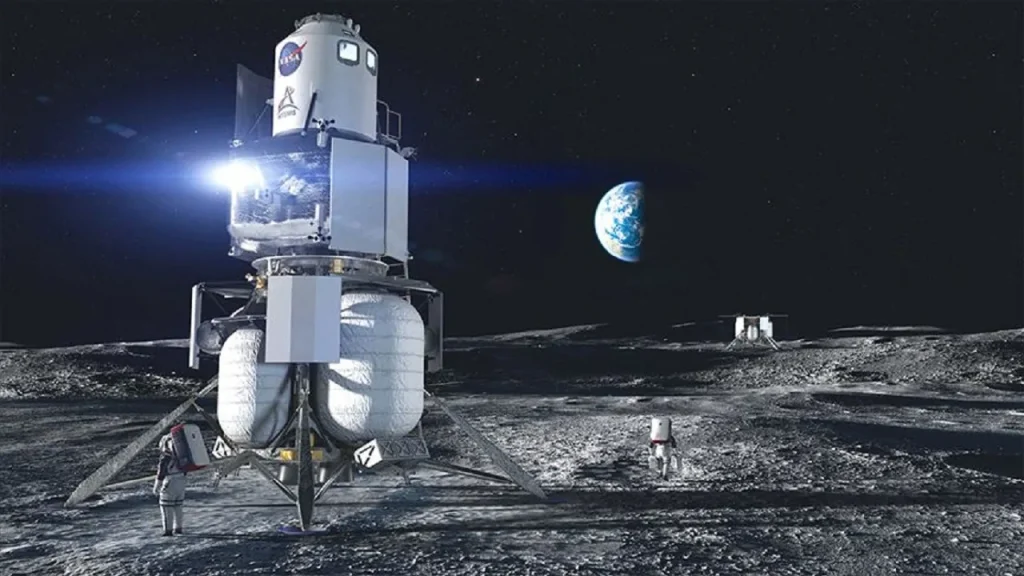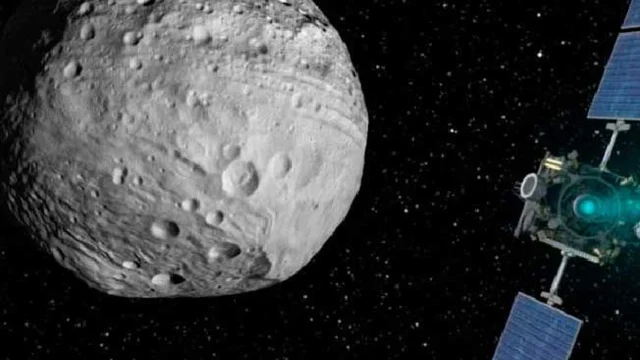NASA and its partners plan to build a permanent base on the lunar surface for long-term stays of astronauts. In this way, the Moon will be ready to host many more visitors than it has hosted so far. The crew will explore every inch of the Moon’s surface with new generation rovers. However, there is a huge problem that scientists need to solve. Here are the details…
NASA will build roads on the Moon’s surface for its rovers!
NASA will land its new crew on the lunar surface. Astronauts will explore the lunar surface with new generation rovers. However, there is a big problem that needs to be solved. Mission planners have serious concerns about the harmful dust these cars will kick up as they move. To solve the problem, engineers are developing a way to melt powder to create asphalt surfaces. In this way, it plans to offer a safer and trouble-free journey to travelers and their passengers.

Engineers used simulated moon dust in Earth-based tests on Earth. These tests use a laser beam to melt powdered dirt into a glassy solid surface. But engineers think that on the moon, astronauts will replace the laser with sunlight concentrated through a Fresnel lens.
Engineers working on the project want to create hollow-centered geometric shapes inside triangles approximately 7.87 inches (20 cm) in diameter. He found a way to deploy a 1.77-inch-diameter (4.5 cm) laser beam for this purpose.
ESA has moved to create solid surfaces across large areas of lunar soil that could function as roads or landing pads. The project team estimates that it will take approximately 115 days to construct a suitable landing strip using this method.
ESA materials engineer Advenit Makaya described the resulting material as “glass-like and brittle.” Scientists think this material will be subjected to downward compression forces. He states that if there is any crack, repair will be unnecessary. However, Moon dust is abrasive and sharp. Additionally, the moon’s low gravity makes it a serious threat to visiting missions.
“Dust reduction has been a problem for NASA since Apollo. As astronauts entered and exited the lunar module, dust flew everywhere. It clogged mechanisms. It interfered with instruments. It caused radiators to overheat and even ruptured spacesuits,” the NASA website states. said.
Anything that can keep the dust away will be a significant improvement for upcoming Artemis missions. Because the number of visitors to the Moon will increase in the near future. That’s why engineers will continue to improve paving technology to literally turn dust into roads.














